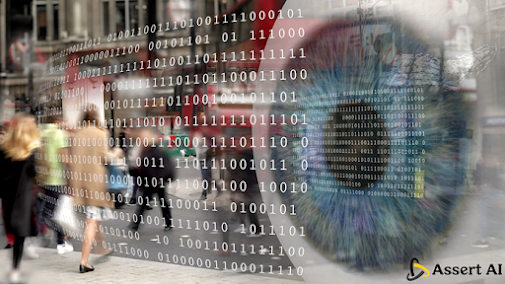Action Recognition in Computer Vision: Unravelling Patterns for a Smarter World
Action recognition in computer vision involves teaching machines to "see" and understand human movements, opening doors to applications like gesture control, surveillance, and sports analysis. By teaching machines to understand and interpret human actions, we are paving the way for a smarter, more responsive world. In this blog, we will delve into the fascinating world of action recognition computer vision, exploring its significance, techniques, and applications.
Understanding Action Recognition
Action recognition in computer vision by Assert AI trains machines to comprehend and categorize human actions or movements based on visual data. This involves deciphering the intricate patterns of body language, gestures, and motions. This technology empowers machines to not only "see" but also "understand" what they see, enabling them to respond appropriately.
The Role of Computer Vision
Computer vision serves as the foundation for action recognition. It equips machines with the ability to process, analyze, and make sense of visual data, just like the human visual system. Through computer vision and pattern recognition, Assert AI helps machines to extract valuable information from images and videos, such as the positioning of limbs, facial expressions, and object interactions.
Pattern Recognition: The Heart of Action Recognition
Pattern recognition is the core component of action recognition in computer vision. By training algorithms to recognize recurring patterns in visual data, machines can identify and categorize various actions accurately. This involves machine learning techniques, including deep neural networks, which have revolutionized the field by enabling models to learn and recognize complex patterns autonomously.
Applications of Action Recognition
Surveillance and Security: Action recognition enhances surveillance systems by detecting suspicious behaviours’ or intrusions. It can help identify potential threats, making public spaces safer.
Healthcare: In the medical field, action recognition aids in patient monitoring. It can track a patient's movements and provide valuable data for diagnosis and treatment planning.
Autonomous Vehicles: Self-driving cars use action recognition to understand and respond to the behaviour of pedestrians, cyclists, and other vehicles on the road, ensuring safe navigation.
Entertainment: The gaming and entertainment industries utilize action recognition for immersive experiences. Gamers can control characters through body movements, creating a more interactive gameplay.
Challenges and Future Directions
While action recognition in computer vision has made remarkable progress, challenges remain. These include handling diverse environments, variations in lighting, and occlusions. The future promises advancements in multimodal action recognition, combining visual data with other sensory inputs like audio and depth information, resulting in even more accurate and robust recognition systems.
Computer vision and pattern recognition is shaping our world in profound ways. It enables machines to understand human actions, paving the way for smarter and more responsive technology. As research in this field continues to evolve, we can anticipate a future where our interactions with machines become increasingly seamless and intuitive.

Comments
Post a Comment